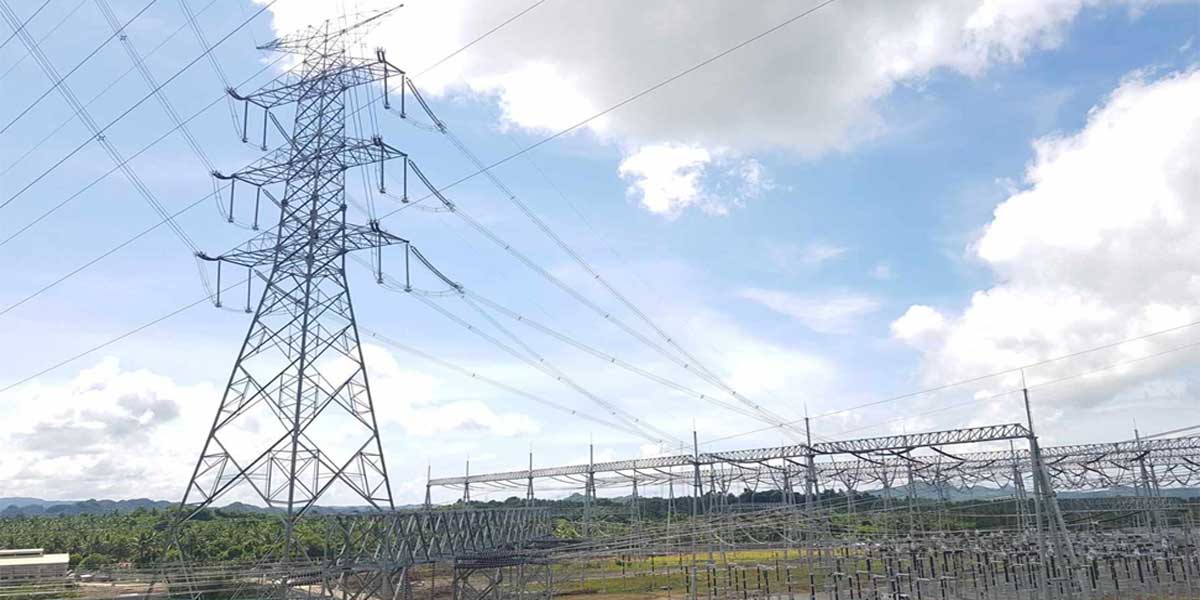By Prof. Enrique Soriano
One month into this lockdown and with less than 2 weeks to go before the lifting of the Enhanced Community Quarantine or ECQ, the big question for business owners, big and small, remains unanswered. Have you ever thought of a turnaround plan to navigate through this crisis? Do you have plans on employee productivity and retention, cash flow and capital management, supplier and debt obligations, sales turnaround and stress management? I know it is overwhelming but you must get yourself started.
Let me remind entrepreneurs of a humorous three-fold categorization of people amplified in March 1931 by Nicolas Murray Butler who was the President of Columbia University in New York. “The vast population of this earth, and indeed nations themselves, may readily be divided into three groups. There are the few who make things happen, the many who watch things happen, and the overwhelming majority who have no notion of what is happening. Every human being is born into this third and largest group; it is for himself, his environment and his education to determine whether he shall rise to the second group or even the first.”
The threat is real
A lot has changed in the last month, and that’s just putting things mildly. Since early March, the world suddenly stopped as everyone watched with disbelief the unfolding pandemic spreading its reach across every corner of the globe. With the looming recession at our doorstep and deaths and infections continue to surge everywhere, it is time for business owners, corporate boards and advisers to assess the impact of an agonizing and long fight to mitigate the hit rate on the family and the business. Looking beyond this lockdown, we recognize that the losses will be staggering. We also acknowledge that this prolonged fight to mitigate the crisis is wrought with uncertainty. With the social and economic disruption happening everywhere, are you feeling helpless? We can see the tip of the iceberg but we do not know how deep. It is therefore important to have a functional board to confront this enormous problem.
Firstly, the role of a board or adviser is to anticipate how this crisis will affect the business, its time-tested business model, its cash flow and its various stakeholders (employees, customers, creditors, suppliers) and then collectively agree on how the enterprise intends to deal with these pressing issues. Boards must acknowledge that the severity of this crisis could last for months so any plans to deal with the crisis must also be flexible. In short, nobody can tell us how long this crisis will last.
What kind of Board do you have?
So how do we classify boards? In my more than a decade of governance and board advisory work in Asia, I have identified boards and named them either as inactive, reactive, or authentic boards. Many boards belonging to the HNW and UHNW (high net worth, ultrahigh net worth) category across Asia have different dynamics and responses to the pandemic.
Inactive Board
For most enterprises with inactive boards, it’s business as usual even if practically all businesses have stopped. The decision-making model of managing the crisis under this setup is dangerous as it is a hit and miss type. All decisions are left to the CEO, usually the founder or next generation leader. Having a superman as the sole decision maker is not a good idea in an unprecedented, unfamiliar crisis situation. Why? Decisions are likely clouded with emotion and panic. In major crisis situations, it is really difficult for an organization to have scale and reach a new level if they are solely dependent on one person making the decision.
To be continued…





















